2 gallon tank- any ideas???
bobsquinty
16 years ago
Featured Answer
Sort by:Oldest
Comments (8)
sgmd
16 years agolast modified: 9 years agoRelated Professionals
Edmond Landscape Architects & Landscape Designers · Palm Springs Landscape Architects & Landscape Designers · Winder Landscape Architects & Landscape Designers · Mount Wilson Landscape Architects & Landscape Designers · Bound Brook Landscape Contractors · Dallas Landscape Contractors · Fort Worth Landscape Contractors · Mequon Landscape Contractors · Muttontown Landscape Contractors · North Richland Hills Landscape Contractors · Ramsey Landscape Contractors · Ringwood Landscape Contractors · Camp Springs Landscape Contractors · Cincinnati Decks, Patios & Outdoor Enclosures · West Chester Decks, Patios & Outdoor Enclosureshosta_miser
16 years agolast modified: 9 years agoneshenny
16 years agolast modified: 9 years agosherryazure
16 years agolast modified: 9 years agoneshenny
16 years agolast modified: 9 years agoneshenny
16 years agolast modified: 9 years agoneshenny
16 years agolast modified: 9 years ago
Related Stories
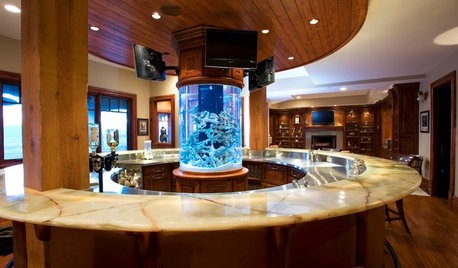
DECORATING GUIDESDesigning Nemo: 30 Fish Tanks Make a Decorative Splash
Bring an otherworldly glow and a calming vibe to your home with the living art of an aquarium
Full Story
MOST POPULARThanksgiving Tales: When the Turkey Tanks
Houzz readers prove adept at snatching victory from the jaws of entertaining defeat
Full Story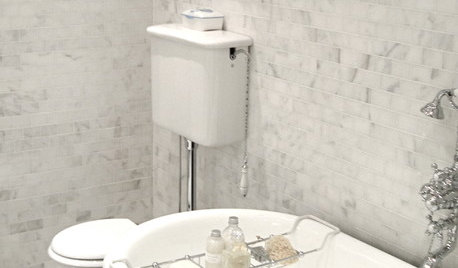
VINTAGE STYLEVintage Style: High-Tank Toilets
Homeowners are adding the feeling of yesteryear in today’s bathrooms
Full Story
LANDSCAPE DESIGNKoi Find Friendly Shores in Any Garden Style
A pond full of colorful koi can be a delightful addition to just about any landscape or garden
Full Story
GREEN BUILDINGHow to Harvest Rainwater for Your Garden
Conserve a vital resource and save money by collecting stormwater for irrigation in a barrel or tank
Full Story
CURB APPEALHow to Update a Traditional Exterior With Color
Keep those historic architectural details — a few gallons of paint may be all you need to give a traditional facade a stylish new twist
Full Story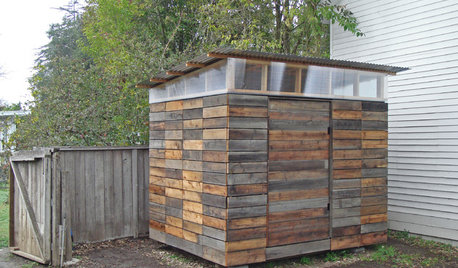
STORAGE2 Weeks + $2,000 = 1 Savvy Storage Shed
This homeowner took backyard storage and modern style into his own hands, building a shed with reclaimed redwood and ingenuity
Full Story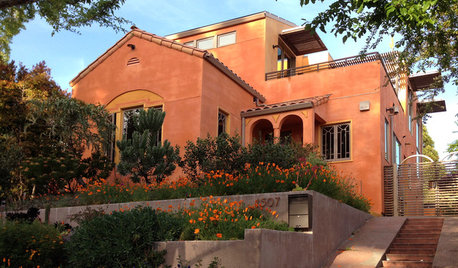
HOUZZ TOURSHouzz Tour: Stunning Rooftop Deck Tops a Totally Remodeled Home
An overhaul of this Berkeley home includes new landscaping, a sunny home office, 2 bedrooms and a rooftop entertainment space
Full Story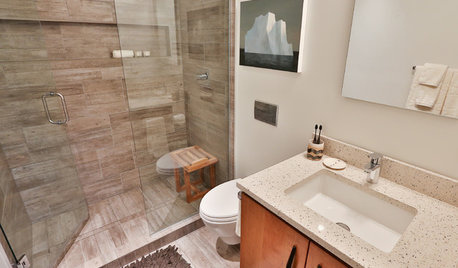
BATHROOM DESIGNSee 2 DIY Bathroom Remodels for $15,500
A little Internet savvy allowed this couple to remodel 2 bathrooms in their Oregon bungalow
Full Story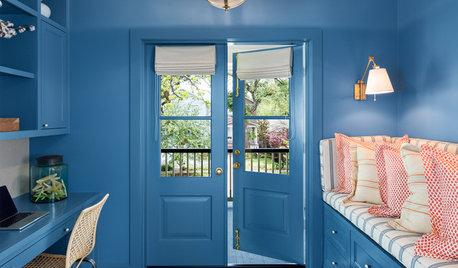
DECORATING GUIDESNew This Week: 2 Rooms Bursting With Blue
Forget pops of color. These new projects on Houzz feature spaces virtually drenched in bold color to create an unforgettable look
Full Story





sgmd